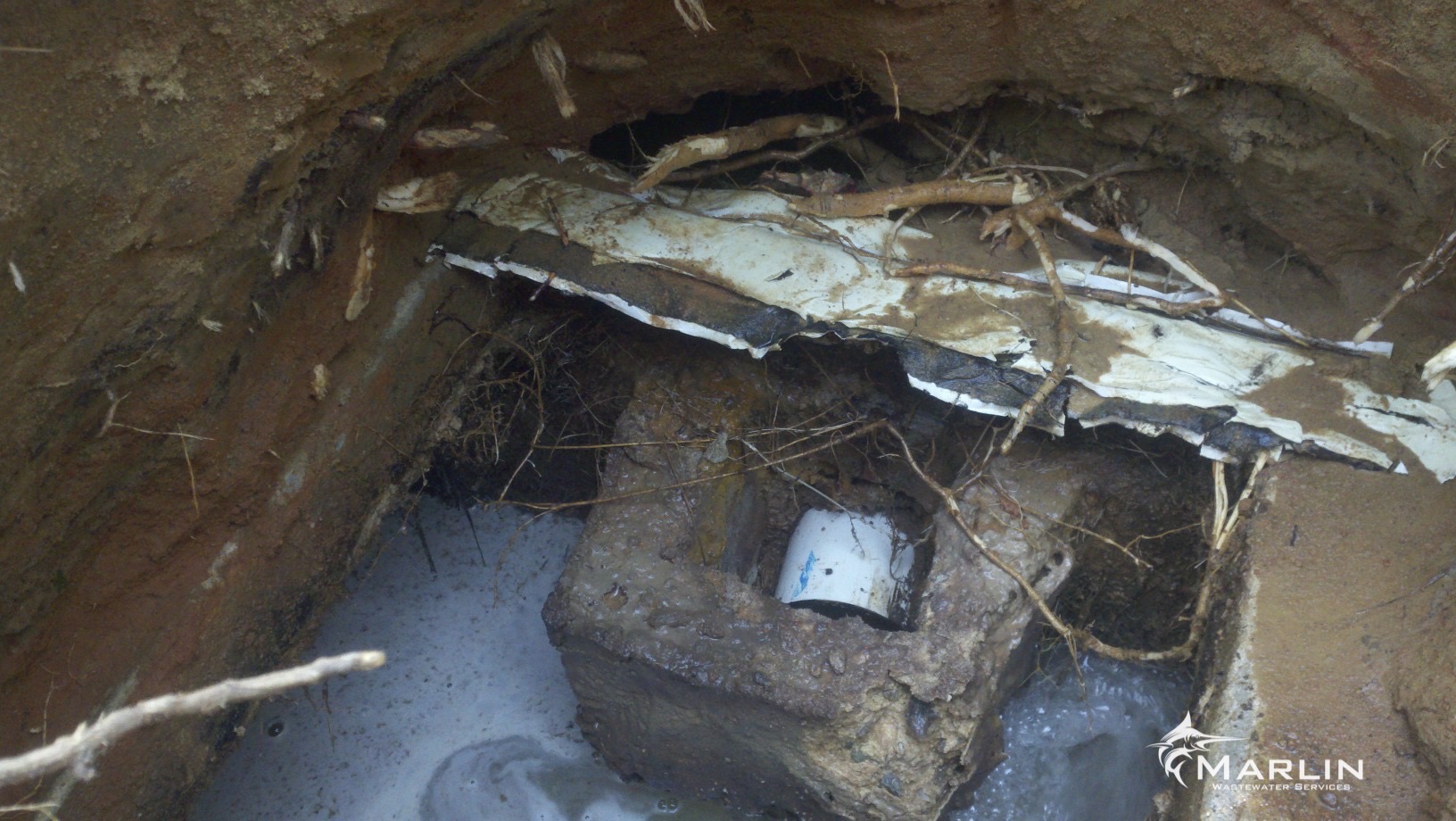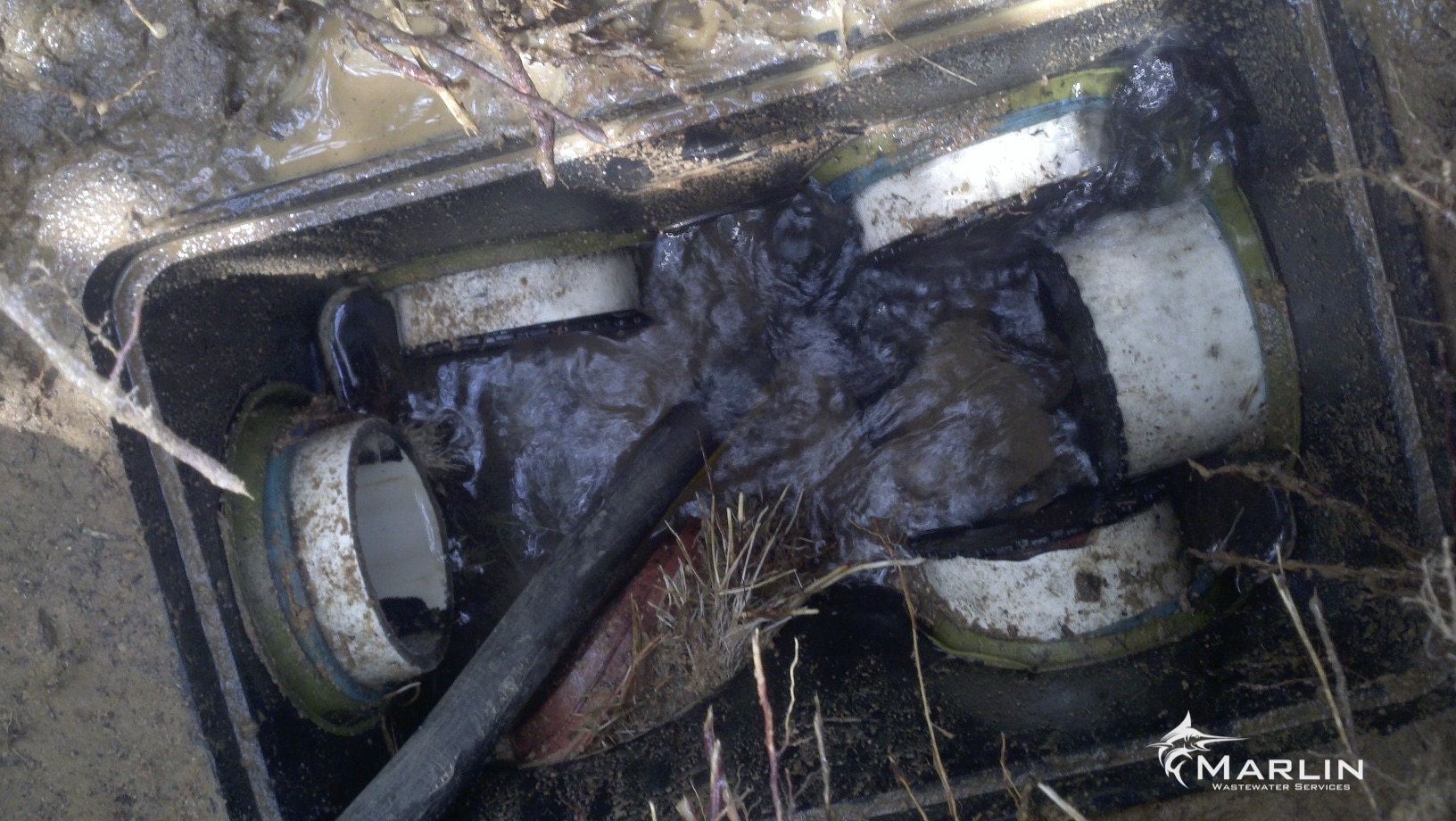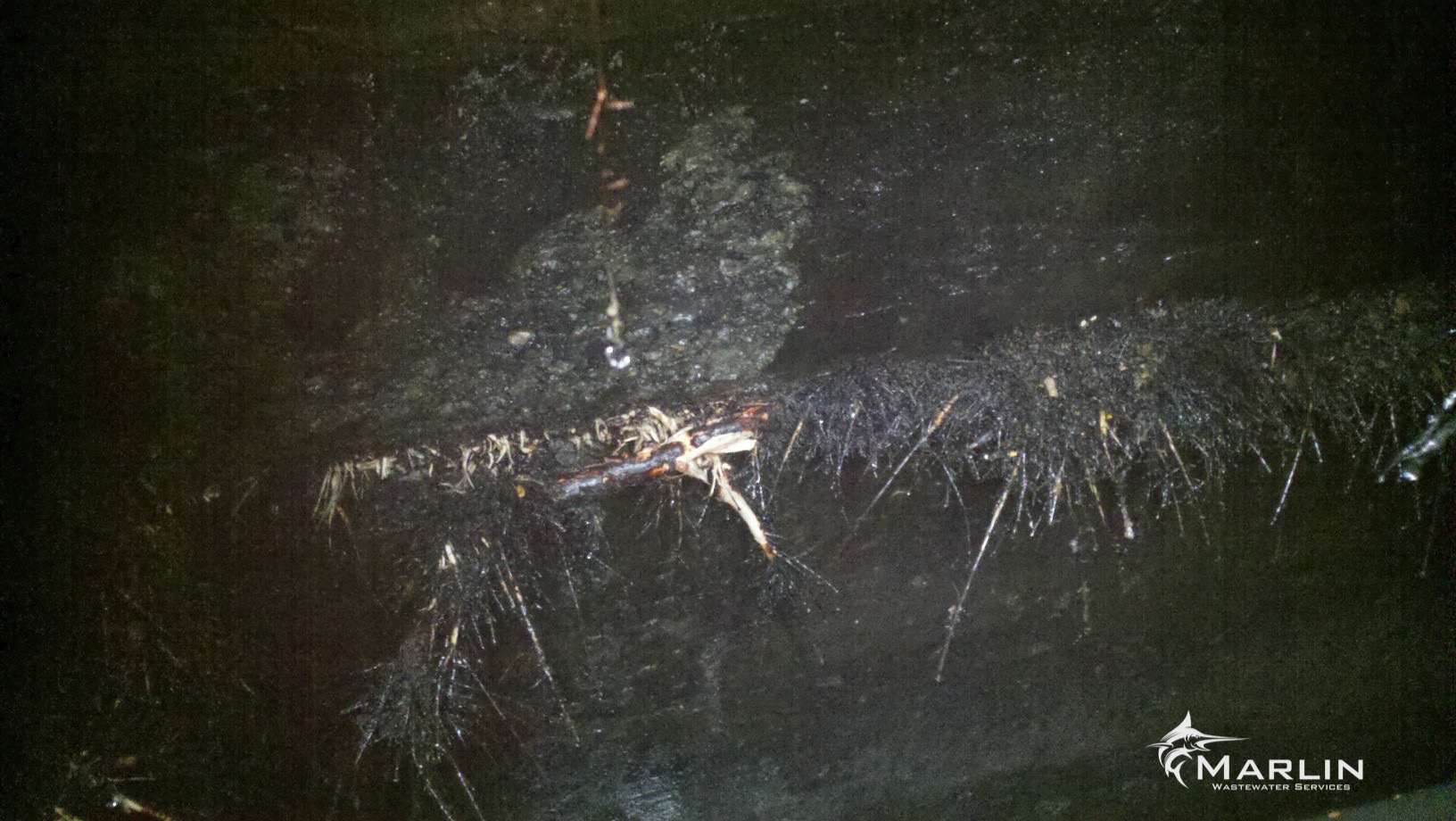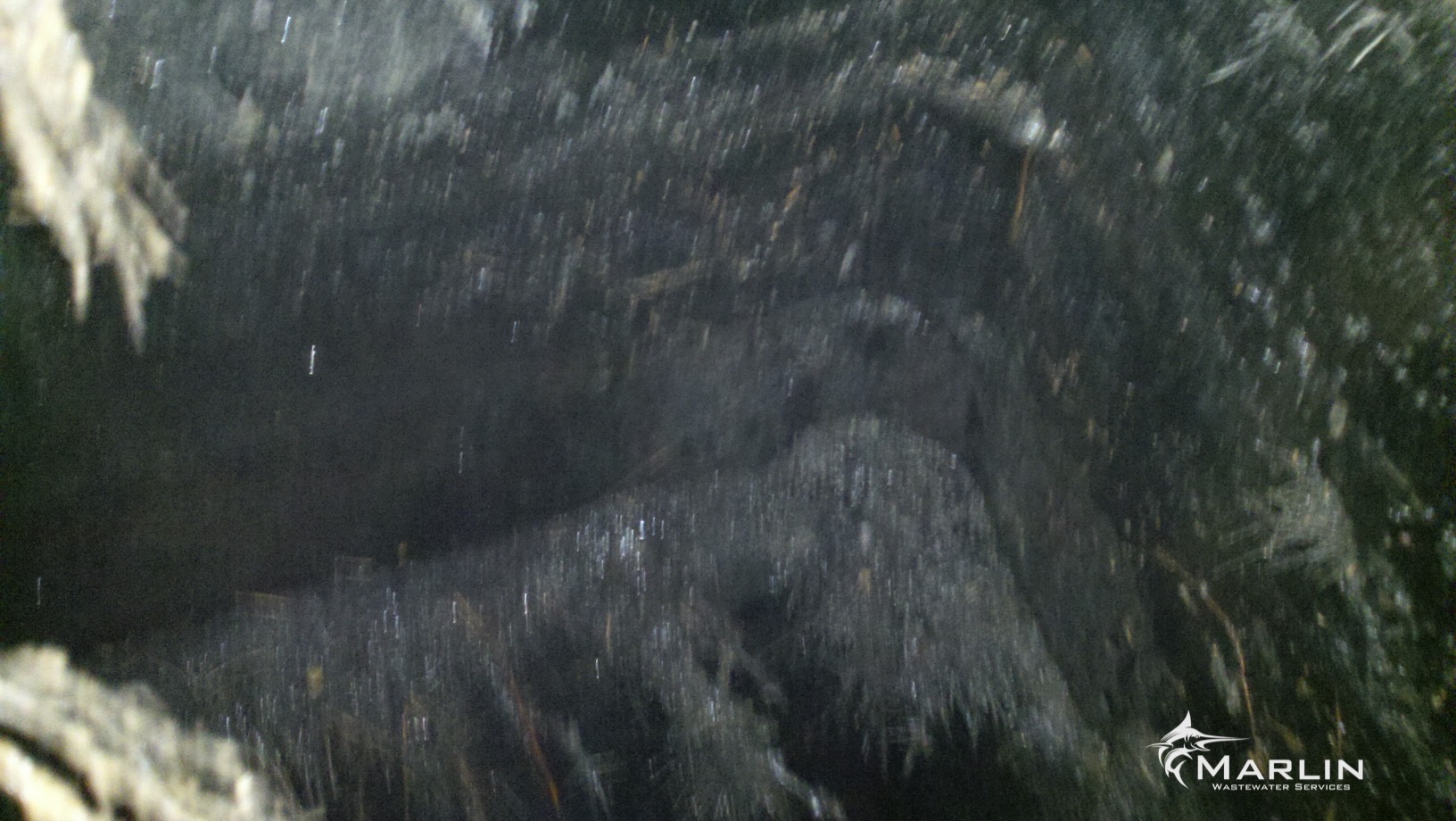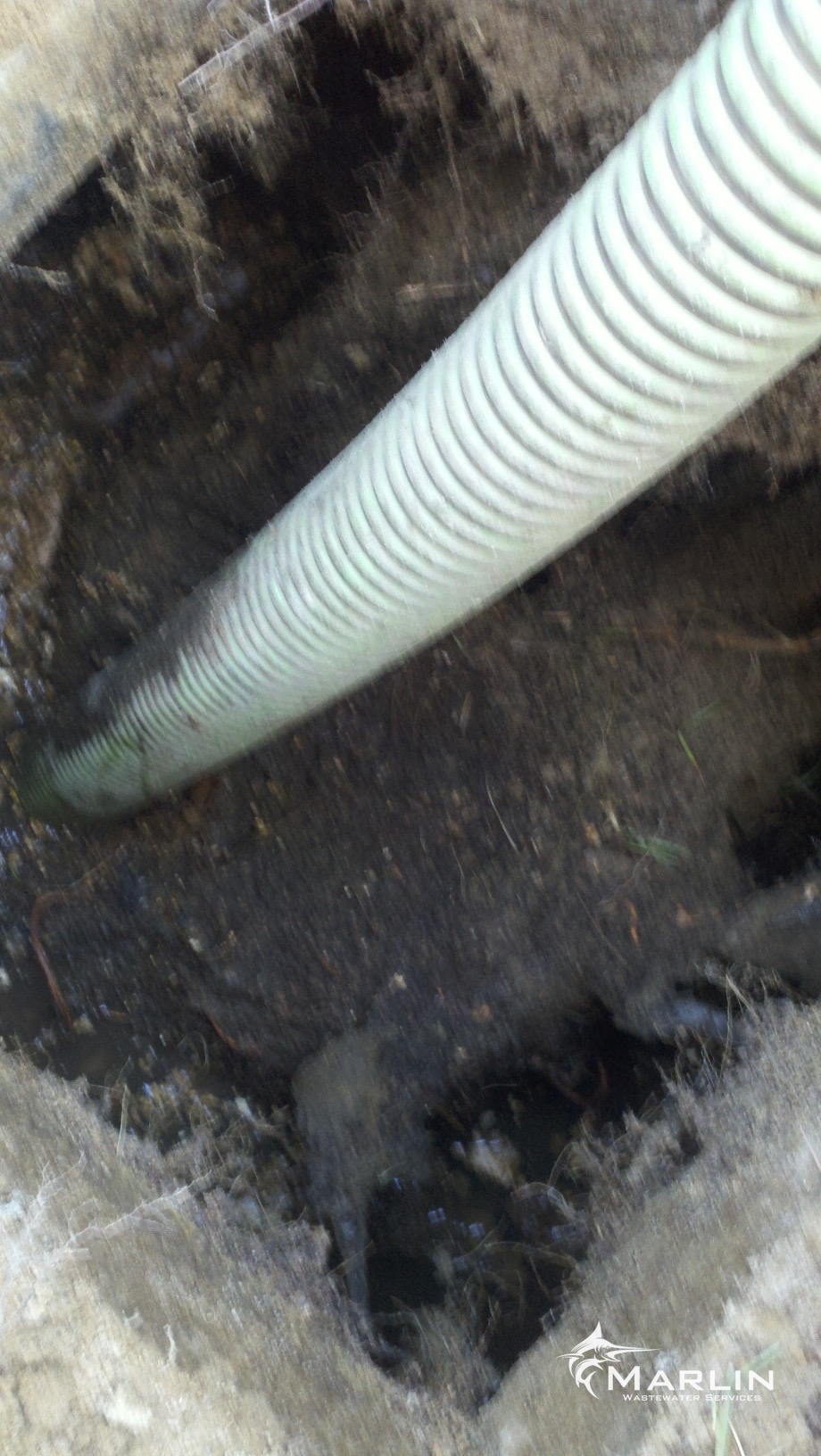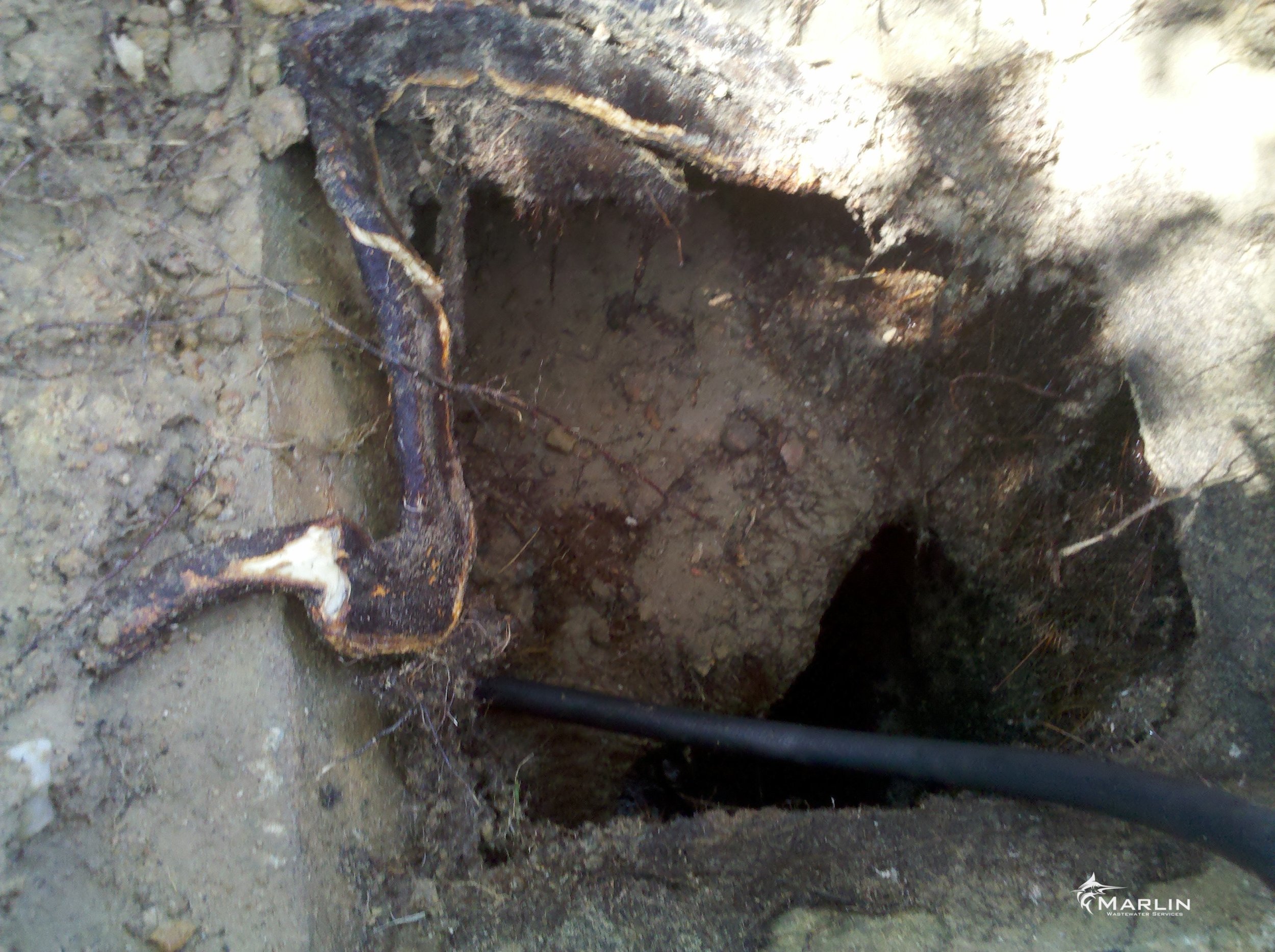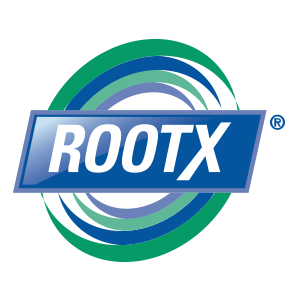
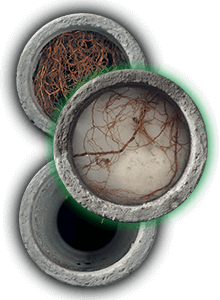
DON’T LET ROOT INTRUSION COST YOU.

Septic System Root Prevention
Root intrusion left untreated can create blockages and damage to septic systems. Root intrusion is one of the most common issues with septic systems and the removal and prevention of is an important part of septic system maitnenance.
A yearly application of RootX can help you avoid costly repairs to your septic system. Many of our customers have our team apply RootX annually as a prevenetative maintenance measure or after removing roots that have created blockages or damage to their septic system. RootX actively kills and prevents roots but does not harm your septic system components. Unlike other root prevention products, RootX foams on contact with water, allowing it to reach the top of the pipes and further into the leach field.
MINIMAL IMPACT
RootX uses the aquatic herbicide Dichlobenil. It is non-caustic, non-fumigating and non-systemic, and, unlike other products, does not contain diquat dibromide, copper sulfate or metam sodium.
RootX will not harm pipes, septic systems or above-ground vegetation.
RootX has minimal environmental impact and is registered with the EPA (#68464-1) in all 50 states as well as Canada, and is classified as a General Use Product. In addition, RootX carries the signal word CAUTION, the lowest chemical hazard rating.

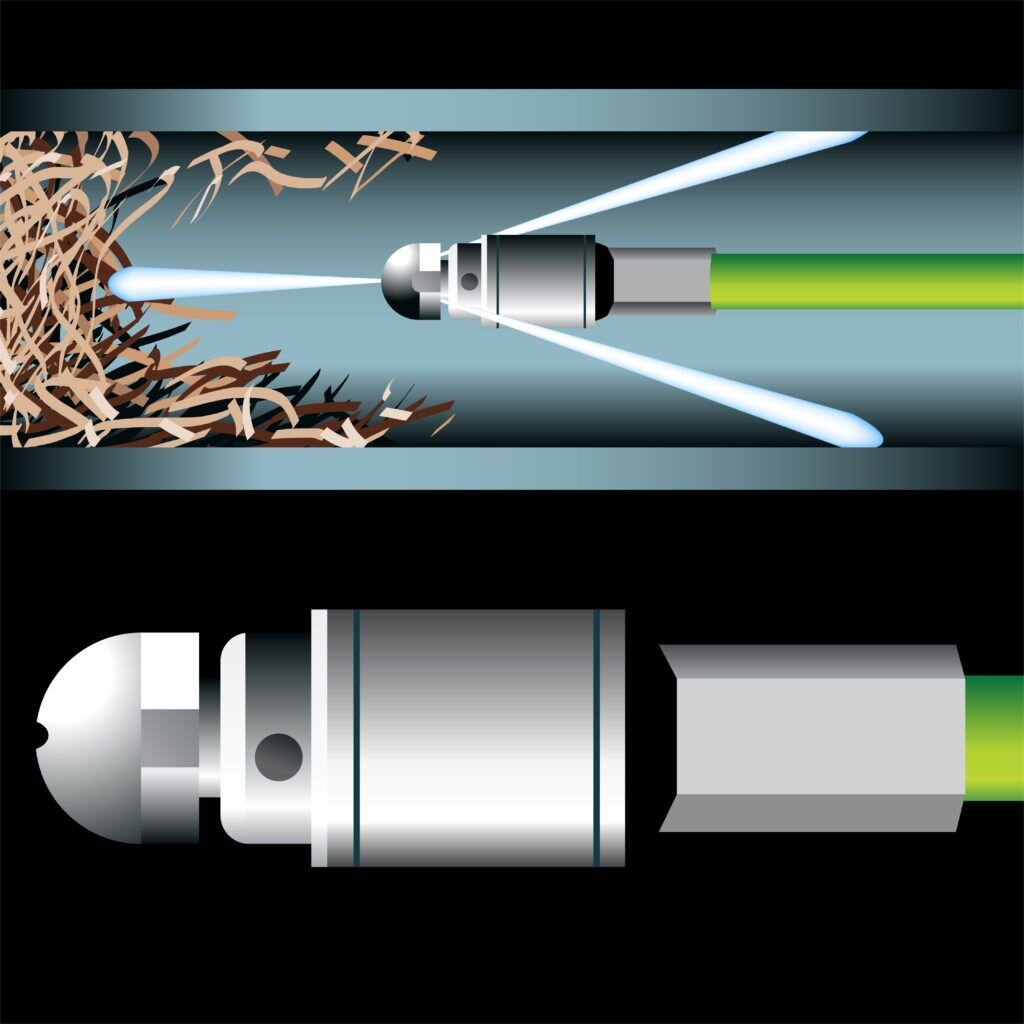
A Companion to Hydro-JETTING
We use RootX in conjuction with Hydro-Jetting to cut and remove root blockages. After jetting past blockages, RootX foaming root preventative is applied to kill roots and prevent regrowth in the pipes or leach line.
After jetting RootX should be applied annually to prevent roots from growing back into the pipes or leach line. Our customers who use RootX receive annual reminders when they are due for treatment. We recommend using RootX as part of routine maintenance of your septic system, especially if your leach lines, tank or distribution box are located in areas around trees, bushes or other vegetation that my have an aggressive root structure. See our blog post for information on what you should and should not plant around your septic system.








































